Aviation Courses &
Programmes
Humans always wished to fly and here we’re offering various options with our courses.
You may opt for Ab Inito, Advanced Pilot Programmes or Recreational flying courses.
What sets us apart?
- Globally recognised programme
- Overall grooming
- Experienced Aviators in Faculty
Civil Aviation Courses (Ab initio)
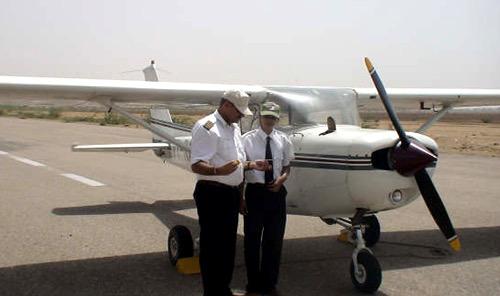
Ground Training
Theory Classes
At Aero Aviation Flying Academy, we offer comprehensive ground training to ensure that our students are equipped with the necessary knowledge and skills to operate an aircraft safely and efficiently. Our ground training covers all aspects of flying, including navigation, flight planning, weather, aircraft systems, regulations, and procedures.
Our experienced instructors are committed to providing high-quality ground training that prepares students for real-world flying scenarios. We use state-of-the-art training materials/aid and methods, including interactive simulations and multimedia resources, to ensure that our students receive the most up-to-date world class pilot training.
Our ground training program is designed to complement our flight training programs, providing students with a comprehensive training experience that prepares them for the challenges of real-world flying. Our goal is to ensure that our students have a deep understanding of flying principles and are well-prepared to operate an aircraft safely and efficiently.
Whether you are looking to start a career in aviation or simply improve your flying skills, our ground training at Aero Aviation Flying Academy provides an essential foundation for safe and successful flying.
SPL
Student Pilot Licence
Aero Aviation Flying Academy offers a comprehensive student pilot license program that provides students with the necessary knowledge, skills, and experience to fly solo and obtain a private pilot license or commercial pilot license. To be eligible for the program, students must be at least 16 years old and have a minimum education qualification of 10th or equivalent. They must also pass a medical examination conducted by a DGCA approved Class 2 medical practitioner.
Our experienced instructors provide ground school training covering essential topics such as aerodynamics, aircraft systems, air navigation, meteorology, and aviation regulations. Flight training includes dual flight training with an instructor and solo flights on a modern fleet of aircraft equipped with the latest technology. The program is recognized by the DGCA, GOI and meets all requirements for obtaining a private pilot license.
Our student pilot license program is designed to ensure that students receive quality training and achieve their goal of becoming a pilot. With our comprehensive program and experienced instructors, students can be confident in their abilities to pass the DGCA exam for a private pilot license and pursue their career in aviation.
PPL
Private Pilot Licence
Our private pilot license(PPL) program provides students with the necessary knowledge, skills, and experience to become a certified private pilot. To be eligible for the program, students must hold a valid student pilot license and have completed a minimum of 40 hours of flight time, including 20 hours of solo flight time. They must also pass a DGCA exam and meet class 2 medical requirements set by the DGCA.
Our experienced instructors organise advanced flight training(if required) in cross-country flying, night flying, and advanced navigation techniques. The program is designed to ensure that students are prepared for real-world flying and can safely operate an aircraft. Our modern fleet of aircraft is equipped with the latest technology and is regularly maintained to ensure safety and reliability.
The private pilot license program also includes ground school training, covering essential topics such as meteorology, aircraft performance, human factors, and emergency procedures. Our instructors are committed to providing quality training to ensure that students have the necessary skills and knowledge to pass the DGCA exam and become certified private pilots.
CPL
Commercial Pilot Licence
Our commercial pilot license program provides students with the necessary knowledge, skills, and experience to become certified commercial pilots. To be eligible for the program, students must hold a valid Student pilot license and have completed a minimum of 200 hours of flight time, including 100 hours of pilot-in-command time. They must also pass a DGCA exam and meet Class I medical requirements set by the DGCA.
Our experienced instructors organise advanced flight training in commercial flying, advanced cockpit resource management, and multi-engine aircraft operations. The program is designed to ensure that students are prepared for real-world commercial flying and can safely operate an aircraft. Our modern fleet of aircraft is equipped with the latest technology and is regularly maintained to ensure safety and reliability.
The commercial pilot license program also includes ground school training, covering essential subjects such as air regulations, meteorology, air navigation, aircraft technical general and specifics and Radio Telephony(RT). Our instructors are committed to providing quality training to ensure that students have the necessary skills and knowledge to pass the DGCA exam and become certified commercial pilots.
ATPL
Airline Transport Pilot Licence
Our ATPL course is designed to provide students with the knowledge, skills, and experience required to operate large commercial aircraft safely and efficiently.
To be eligible for our ATPL course, you must be at least 21 years old, have completed your 10+2 education with Science Maths, hold a valid CPL/IR license with a minimum of 1,500 hours of flight time (including 500 hours of cross-country flight time), and pass a Class I medical examination from a DGCA-approved medical examiner.
Our experienced instructors provide comprehensive ground training, advanced flight simulation, and organise practical flight training to ensure that you have the necessary skills and knowledge to pass the ATPL exam. Our state-of-the-art aircraft simulators provide a realistic flight experience to enhance your training and help you develop the necessary skills.
Our ATPL course covers a range of topics, including aerodynamics, aviation regulations, meteorology, navigation, communication, and aircraft systems. We also provide training in crew resource management, which is essential for working in a team environment in the aviation industry.
Advance pilot programmes
We provide advanced simulator training for safe and cost-effective improvement of flying skills. Our state-of-the-art simulator technology enables students to practice a range of scenarios, including instrument approaches, engine failures, and emergency procedures. Simulator training offers enhanced safety, muscle memory development, and increased proficiency. Our experienced instructors offer comprehensive training that complements flight training programs, preparing students for real-world flying challenges. With our simulator training, students can prepare for specific scenarios and improve overall flying abilities.
Simulator Training
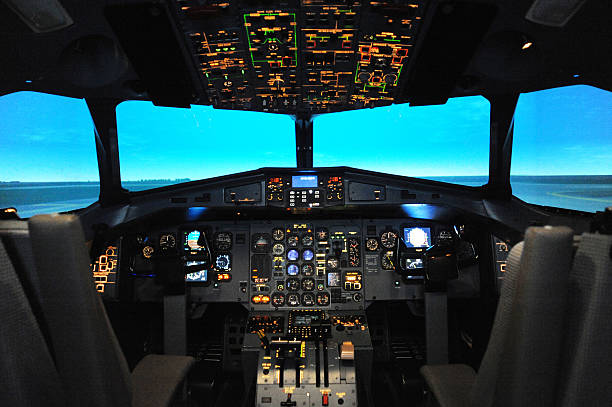
Instrument Rating
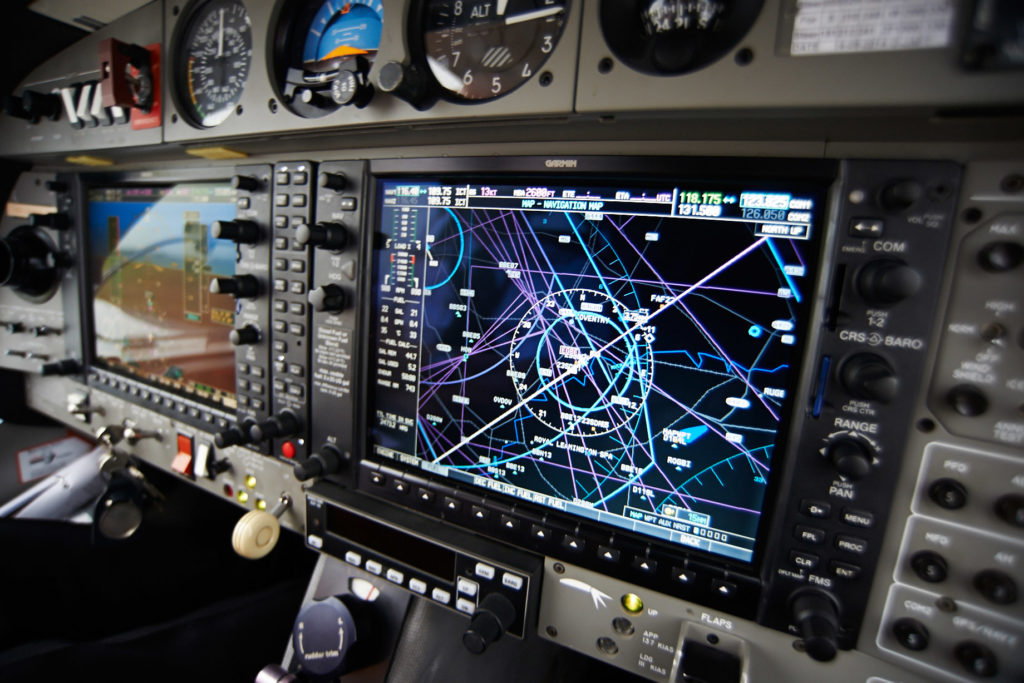
After obtaining your private pilot licence, earning your instrument rating is the next natural step. When a pilot has an instrument rating, the flying zone in which he or she may safely operate grows. You’ll learn how to fly safely in bad weather and get your pilot’s licence. The instrument rating is an add-on to a private pilot or commercial pilot licence that allows the pilot to fly under instrument flying regulations.
The instrument pilot training is meant to prepare pilots to fly in low-visibility conditions such as dense cloud cover or heavy rain. The flying lessons in this course teach pilots how to manoeuvre an aircraft purely using instruments in situations where they can’t rely on their visual senses.
For a pilot who wants to increase flying safety, an instrument rating is required.
A pilot having a Multi-Engine Land (MEL) rating can be the pilot-in-command of an aircraft with more than one engine. Pilots with multi-engine ratings will notice a significant boost in aircraft performance, including increased speed, power, and rate of climb. It’s thrilling and satisfying to manage the complexity and effort of a multi-engine aircraft.
The multi-engine land rating is an “add-on” to a single-engine land certificate, whether private, commercial, or ATP.
Both VFR and IFR operations will be addressed for this rating.
Multi-engine rating can be provided on King Air C90 or B200 multi-turbine engine airplane. This could be coupled or if pupil desires his/her multi-engine rating on piston engine airplane like DA42 or Piper Seneca. This 15 hours multi-engine rating could be coupled with the CPL Training after completion of 185 hours or people can pursue after getting commercial license
While a multi-engine rating can be added to a private pilot license, it is usually more cost-effective to wait until a pilot obtains a commercial pilot certificate and an instrument rating.
Multi-Engine Rating
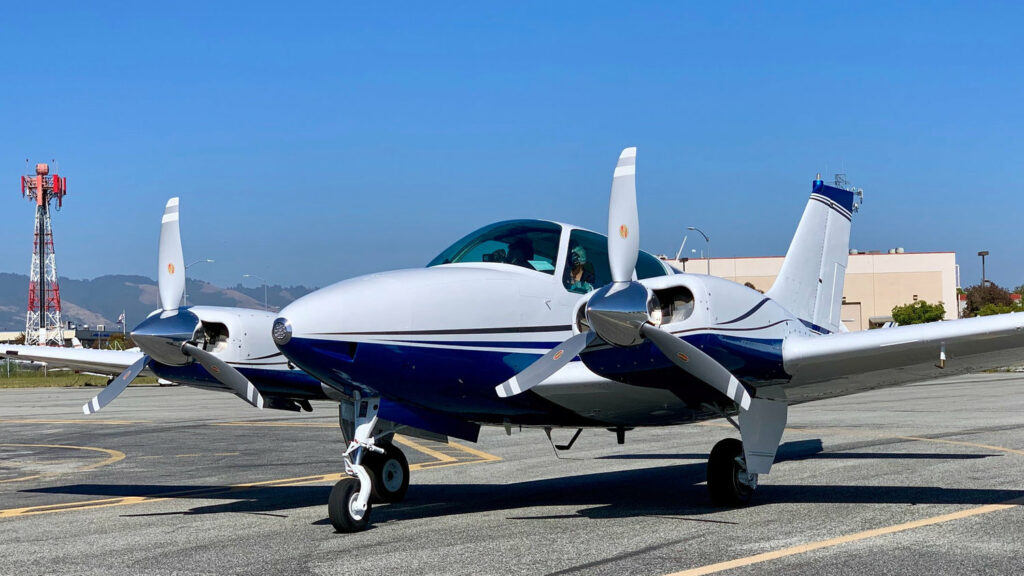
Instructor Rating

Do you want to start your career as a Flight Instructor? Being a Flight Instructor is a dream come true for many aviation aspirants because they get to make a career out of their passion for flying and at the same time enjoy the rewards of being a teacher. One can also work towards becoming an international Commercial Pilot by getting paid for flying while increasing flying hours.
For aspirants who want to become a Flight Instructor, Aero Aviation offers Assistant Flight Instructor Rating(AFIR) and Flight Instructor Rating(FIR) Program, to upgrade CPL holders into Flight Instructors.
Assistant Flight Instructor Rating(AFIR)/Flight Instructor Rating (FIR) is required to be held by Commercial Pilot License holders to be employed as a Flight Instructor (FIR) for the purpose of delivering lessons and training to students. The syllabus of training involves classroom lessons, role-play of simulated flights and practical flight instructions. This course primary covers the subject of Flight Instructional Techniques & Principles.
A type rating is what permits prospective pilots to fly larger commercial jet planes. A type rating is a minimum level that standardising authorities, like the DGCA in India, demand in order to operate specific types of aircraft. In addition to the original commercial pilot’s licence and specialised aeroplane class training, type rating certificates are necessary.
Pilots must first determine the type of plane they wish to fly before earning a type rating. The possibilities are numerous, but it’s probably best to pick a plane that’s easily available and has plenty of employment to go around.
After that, pilots must complete a series of tests, including thousands of hours of flying training, written examinations, and more.
Type Rating
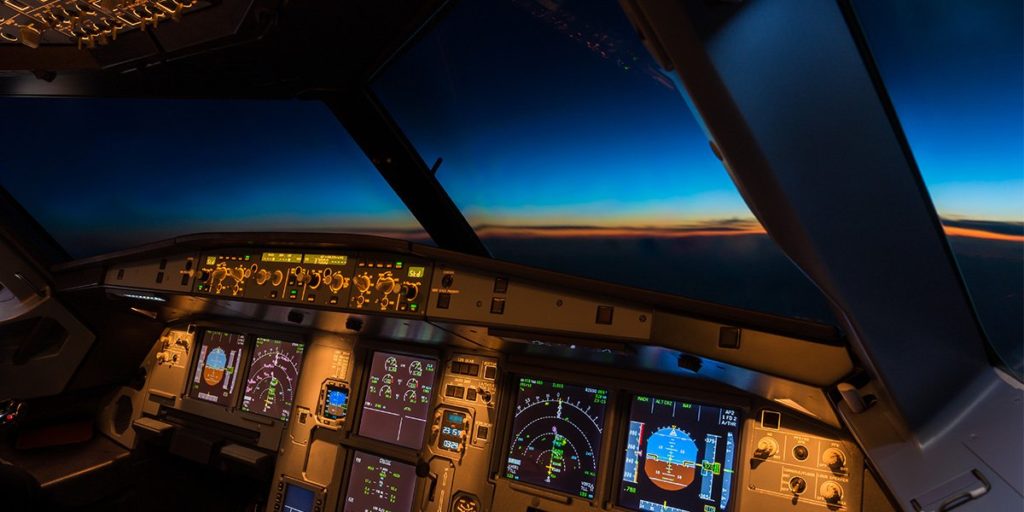
Mountain Flying

The ability to fly across the magnificent Rocky Mountains is one of the most thrilling aspects of being a pilot in India. Mountain flying may be the pinnacle of a career of flying, with rugged cliffs, high deserts and grasslands, and a plethora of intriguing public-use airports.
Mountain flying is a dangerous sport. Narrow, sloped runways, one-way airports, density heights above 10,000 feet, and unpredictable and rapid weather changes will put any pilot’s decision-making talents to the test.
According to statistics, pilots who lack the training and skills required for a safe flight over steep terrain frequently find themselves in situations beyond their control.
The term “offshore operations” refers to scenarios in which not just a portion of the flight takes place over huge bodies of water, but the majority of the flight, including the primary objectives, takes place away from dry land. The usage of helicopters in offshore operations has expanded dramatically in recent years, according to industry demand. Because of their hovering and VTOL capability.
Off Shore Flying
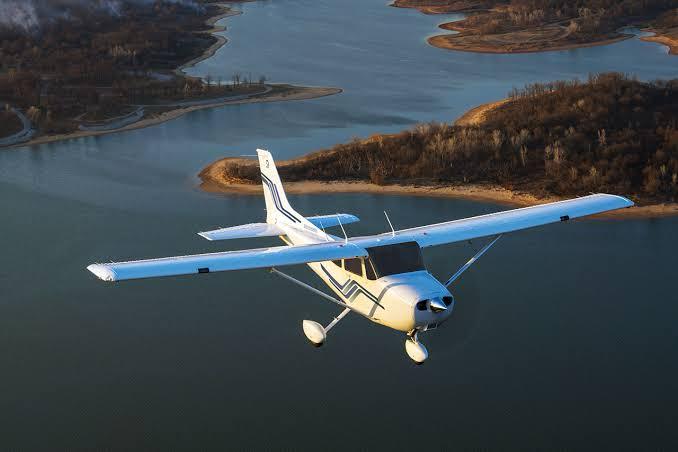
Civil Aviation Courses - Rotary
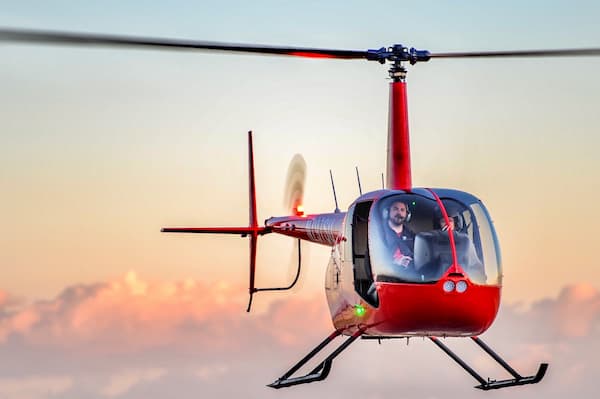
SPL(H)
Student Pilot Licence (Helicopter)
To be eligible for the Student Pilot License (SPL) for helicopters, you must be at least 16 years old and have completed your 10th education or equivalent. You must also pass a Class II medical examination from a DGCA-approved medical examiner.
Our SPL course is open to anyone who meets these eligibility criteria and has a passion for helicopter aviation. No previous flying experience is required. Our experienced instructors will provide you with all the training you need to start your career as a helicopter pilot.
At Aero Aviation Flying Academy, we are committed to providing our students with the highest quality training and resources. If you meet our eligibility criteria and have a desire to become a helicopter pilot, we invite you to join our SPL course and begin your journey towards a successful career in helicopter aviation.
PPL(H)
Private Pilot Licence (Helicopter)
If you have a passion for helicopter aviation and want to obtain your Private Pilot License (PPL) for helicopters, Aero Aviation Flying Academy is the perfect place to start. Our PPL helicopter course provides you with the knowledge, skills, and experience you need to become a safe and confident helicopter pilot.
To be eligible for our PPL helicopter course, you must be at least 17 years old, have completed your 10 education, and hold a valid SPL for helicopters. You must also pass a Class II medical examination from a DGCA-approved medical examiner and complete a minimum of 40 hours of flight training, including 20 hours of solo flight.
Our experienced instructors will guide you through ground training, flight simulation, and practical flight training to ensure that you have the skills and knowledge necessary to pass your PPL helicopter exam.
CPL(H)
Commercial Pilot Licence (Helicopter)
Our CPL helicopter course provides students with the knowledge, skills, and experience required to fly commercial helicopters safely and effectively.
To be eligible for our CPL helicopter course, you must be at least 18 years old, have completed your 10+2 education with Science Maths, hold a valid PPL helicopter license, and pass a Class I medical examination from a DGCA-approved medical examiner. You must also have a minimum of 150 hours of flight time, including 100 hours as pilot-in-command and 50 hours of cross-country flight time.
Our experienced instructors provide ground training, flight simulation, and practical flight training to ensure that you have the necessary skills and knowledge to pass the CPL helicopter exam. Our state-of-the-art helicopter simulator provides a realistic flight experience to enhance your training and help you develop the necessary skills.
Recreational/Hobby Flying
Humans always wished to fly and here we’re offering various options with our courses.
You may opt for Ab Inito, Advanced Pilot Programmes or Recreational flying courses.
Gliding

Gliding is a recreational and competitive air sport in which pilots fly unpowered aircraft known as gliders or sailplanes that rely on rising air currents in the sky to stay aloft. The sport is sometimes referred to as soaring. Gliding became popular as a sport in the 1920s. Experienced pilots may now fly hundreds of kilometres before returning to their home airfields when conditions are favourable; occasionally, flights of over 1,000 kilometres (621 miles) are achieved.
Para Gliding

Paragliding is a sport in which people fly parachutes that have been modified to improve their gliding skills. The pilot is seated in a harness and controls the wing with lines linked to the paraglider’s trailing edge. These lines can be used separately to spin the paraglider or all at once to control pitch and speed. The takeoff and landing are generally done on foot and take place on a hill or mountain.
Microlight Flying
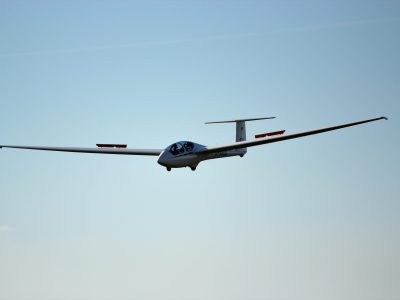
Microlight flying is a sport in which you fly a small plane with fixed wings, generally a one or two-seater. Hand-gliders were utilised in older microlights, which made them loud and sluggish. Microlight flights may now cover far greater distances at speeds of up to 100 mph. It can transport a maximum of two people and weighs little more than 450 kilos. Microlight flights may reach altitudes of up to 9000 metres and travel at speeds of up to 290 kilometres per hour.
Para Diving

Para diving also popularly known as sky diving is an activity involving jumping from an aircraft and safely descending to the earth with the assistance of a parachute. Every year, millions of people across the world experience the excitement of skydiving. Skydiving is not only a leisure sport; it is also a requirement for certain professional jobs. Airborne soldiers from the military, firefighters, and medical workers are among them.
Aero Modelling
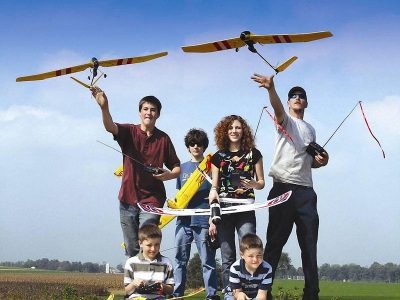
Aeromodelling is a wonderful hobby that is enjoyed by individuals of all ages and professions all around the world. Many pilots and aeronautical engineers have started their careers here. “It’s a pastime in which a cadet learns to create a replica of a real aeroplane that can’t transport people and is used for sports.” Aero modelling allows students to get a better knowledge of the roles that each of these technical skills plays in the real-world aviation industry, as well as to build innovative thinking and execution abilities.
Drone Flying
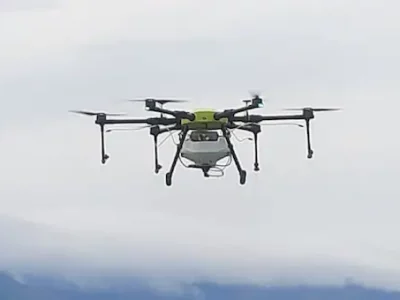
You’ve picked up a drone, congratulations! You have taken the first step into a fun new world. A limitless world with new perspectives and freedoms that come with being un-tethered by gravity, free to travel the skies any way that you chose. Drones can be fun to fly as a hobby, or perhaps you want to create inspiring aerial photography.
